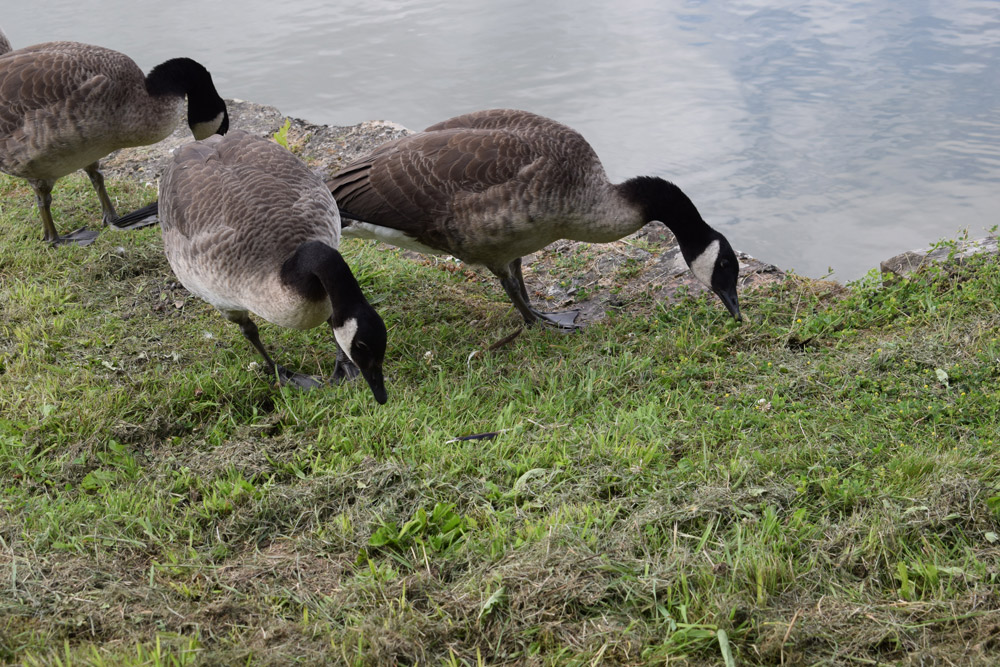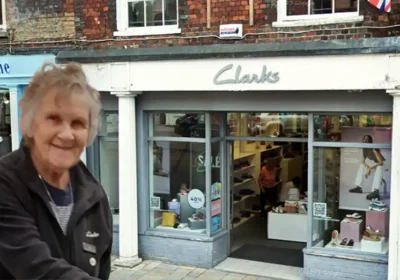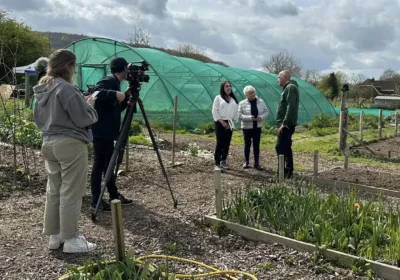By Tria Stebbing.
The pond at the field is now well overdue a clean. The once clean clear water is now a clogged pool of mud. The bulrushes have completely chocked the middle, while the invasive Parrot’s feather has covered the shallow end in a carpet of feathery green. The previous owners of the field probably bought and planted both in good faith – unfortunately with the conditions good, the plants have completely taken over.
Parrot’s feather first appeared in the UK in the 1960s – its leaves give the plant its name with feather-type leaves which die back in winter. The biggest problem is that it grows like a green carpet on the surface of the water, shading the water from sunlight and causing native plants to die due to the lack of light.
For us one of the biggest downsides are the mosquitoes that use the green carpet as their breeding ground – sitting at the field with the family in the summer is not a good time to feel the impact of their rich breeding ground.
Periodically we try to get on top of the problem by raking the weed out of the pond. Much care has to be taken not to drop any as this will shoot and grow new shoots wherever it falls. We pile it up on the edge of the pond so that any crawling insects can get back to the water before we take it away – the smell is horrendous and stays with you for days. When the pile of weed dries out, we burn it.
The bulrushes or Great Reedmace are a different problem as they grow so tall, up to five feet high. Lowering yourself into the pond is a strange sensation as the bulrushes are taller than I am and make you feel so small. In an ideal world you pull these bad boys out by the root or dig the rhizomes up – I have heard that goats like to graze them, which might be an option yet. Some need to be left as habitat for water voles and the Ruddy darter dragonfly which can live in the sediment around its roots.
The pond has a small island in the middle, which in the summer as the water level dropped so low, I was able to wade across to. We have moorhens in residence in the reeds around the island, and for the last few years two Canada geese make their home on the island, using the safe idyl to lay their eggs. Over the years the geese have built their yearly nest on top of the last one, leading to a very tall pile of debris which needed careful rearranging while they were gone. The geese pair with a mate at three years old and usually stay with that mate for life. While they are useful because they eat the pond weed, they do make a mess of the banks, climbing in and out frequently with their young.
It is a small part of our land, but an important one, and when I am waist deep in my waders pulling out bulrushes, I tell myself it will all be worth it in the spring.











Leave a Reply